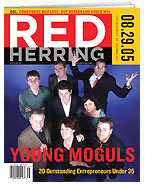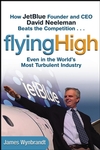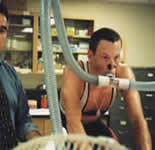This is interesting…
Wal-Mart Stores, whose all-in-one retailing model has forced scores of competitors to close their doors over the last 40 years, is turning to an unusual business plan: helping its rivals.
The giant discount retailer, under increasing assault by critics, announced a wide-ranging effort yesterday to support small businesses near its new urban stores, including the hardware stores, dress shops and bakeries with which it competes.
Wal-Mart said it would offer those businesses financial grants, training on how to survive with Wal-Mart in town and even free advertising within a Wal-Mart store.
…
Wal-Mart will hold seminars to coach the businesses on how to compete with the giant discount stores — by, for example, intensifying customer service, for which Wal-Mart often receives low marks. An annual report on trends in Wal-Mart’s business will be distributed exclusively to those companies.
Setting cynical PR claims aside, this plan both makes a lot of sense and very little sense. Teaching businesses unfamiliar with differentiation is great, and just what they need to compete with Wal-Mart. But who wants customer service advice from a company that sucks at customer service? I’d bet the best form of training would be a collection of video case studies (no classrooms, no books) of small businesses that continued to succeed even after Wal-Mart came to town. Simply amplifying messages from managers of successful small businesses will be more valuable — and more authentic — than anything Wal-Mart itself could say.

 My partner
My partner  Just finished James Wynbrandt’s
Just finished James Wynbrandt’s  It turns out that intense, long-term cardio training actually enlarges the heart and therefore the amount of oxygen-rich blood that can be delivered to the muscles, according to this
It turns out that intense, long-term cardio training actually enlarges the heart and therefore the amount of oxygen-rich blood that can be delivered to the muscles, according to this